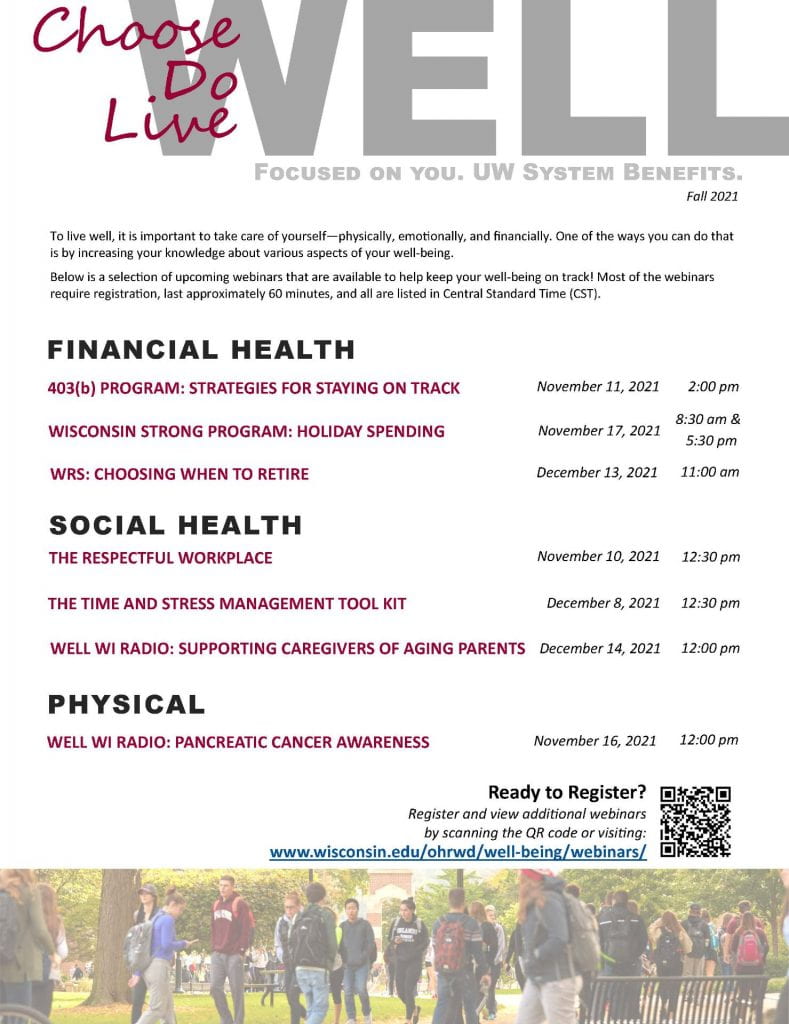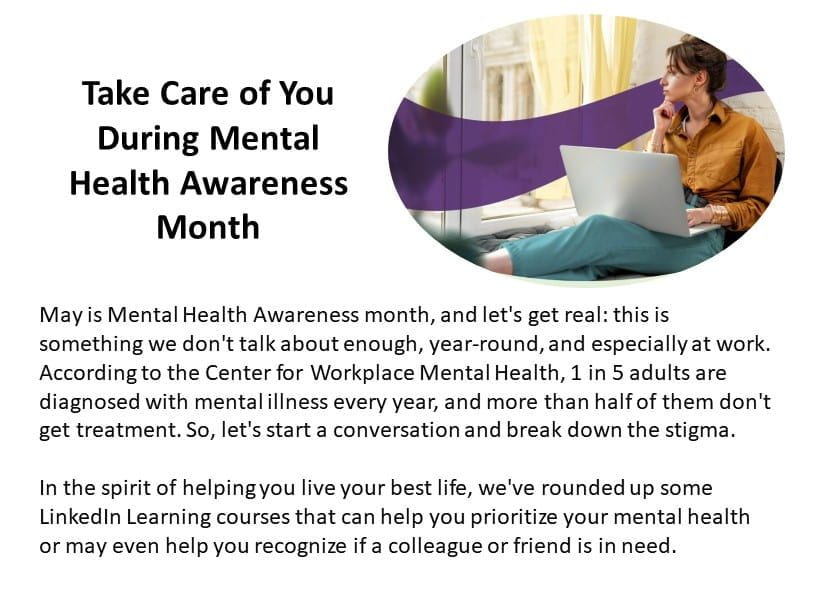Teleworking during the COVID-19 pandemic can make you feel like you’re working all the time. Know how to set boundaries between your work and personal life, as well as avoid professional isolation.

If your office is closed due to the coronavirus disease 2019 (COVID-19) pandemic, you might be working from home for the first time. While teleworking can offer many benefits, teleworking during the pandemic poses unique challenges. Consider these tips for maintaining work-life balance and avoiding professional isolation while social distancing.
Pros and cons of teleworking
Before the pandemic, research suggested that teleworking can increase employees’ job satisfaction and commitment to an organization and even slightly improve their performance at work. Teleworking can also reduce exhaustion and work-related stress, possibly due to a reduced commute or more-flexible hours. Other benefits include a reduction in commuting costs and more freedom to work independently.
However, teleworking has always had drawbacks, including social and professional isolation, decreased information sharing opportunities, and difficulty separating work and personal time. The lack of a physical separation between these two worlds can cause family obligations to intrude on work and work obligations to bleed into family time. This can cause teleworkers to work extra hours to prove themselves, resulting in burnout. The ability to be constantly connected to work through a variety of technologies also can cause employees to feel like they are always on or unable to unplug at the end of the day.
Teleworking due to the coronavirus
Teleworking during the pandemic brings extra challenges.
Those new to working from home likely aren’t used to being isolated from co-workers and might not have a home office or area conducive to doing work. With other family members also potentially at home, including children or a partner, avoiding distractions and interruptions might be next to impossible. To find privacy, employees could find themselves in the awkward position of conducting meetings from their bedrooms or kitchens. And getting virtual meeting technology to work properly isn’t always easy. These changes can cause anxiety, stress and frustration.
Preventing professional isolation while teleworking
For those new to teleworking, the biggest challenge of working from home during the pandemic might be the lack of in-person collaboration with colleagues. Teleworkers don’t get to see their managers, staff or team members in the hallway or at the watercooler. As a result, regular contact through email, phone calls and virtual meetings is crucial. You might make time at the start of meetings specifically for small talk to give people time to interact.
Managers might consider having a regular five-minute check-in with each staff member, even if there is no pressing business to discuss. For colleagues, consider scheduling virtual lunch and coffee meetings to catch up on each other’s projects and maintain your relationships. Online communication platforms also can help keep you connected throughout the day.
Teleworking and work-life balance during the coronavirus
The key to work-life balance as a teleworker is being able to set boundaries — both for your work and personal obligations. To get started:
- Develop a routine. Come up with rituals that help you define the beginning and end of your workday. For example, make your bed and get dressed each morning as if you were going into the office. When you’re done working each day, change your outfit, take a drive or walk — in place of your normal commute — or do an activity with your kids. Starting and stopping work at around the same time each day might help, too.
- Exercise your willpower. Take care of yourself by eating healthy and working out. Resisting the temptation to do otherwise will help you when you need the discipline to set boundaries for your work and personal life.
- Talk to your manager. Discuss your manager’s expectations for your availability and the obstacles you might be facing at home. Ask what time of day is acceptable for you to stop checking your work emails or responding to work requests. Or agree on an alternative schedule with flexibility that allows you to spend some time caring for your kids during the day and make up hours at other times.
- Talk to your family. If you are working from home due to the pandemic and also have family at home, try to establish guidelines regarding interruptions. If your children are young, you’ll likely need to regularly talk to them about when you are working and can’t play, as well as come up with activities or temporary distractions for them. If there is more than one caregiver at home, you might take turns caring for the kids. You might also remind family and friends what times of day you can and can’t talk or text.
- Think before you press send. Working from home might mean emailing, messaging or texting every time you want to talk to a co-worker. Reduce the burden on your colleagues by making it clear when a request is urgent or important. If you’re in a leadership role, consider how sending late-night emails might affect your employees’ ability to unwind and enjoy time away from work.
- Prioritize your work. Focus on your most important work right now. Working all of the time isn’t good for you — or your family.
Working from home during the COVID-19 pandemic requires patience, creativity and persistence. Keep experimenting to figure out what works best for you during this uncertain period.
Source: Mayo Clinic/2020, from FEI website










